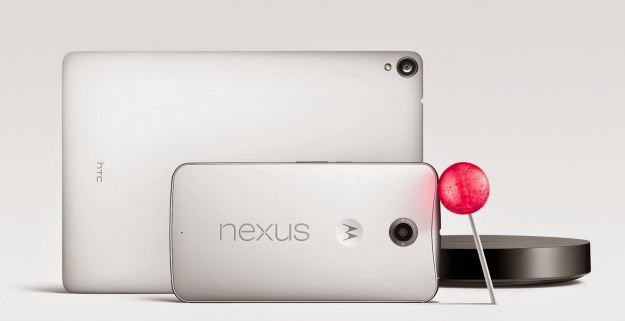Google is holding an event on Tuesday, where the company is expected to announce the second-generation Chromecast and two phones, the Nexus 5X and Nexus 6P. Almost all of the details about that latter handset are now known, thanks to leaked presentation slides that have popped up online.

The Nexus 6P, the follow-up to last year’s Nexus 6, marks a couple of firsts for the Nexus line. In addition to being the first Nexus device manufactured by Huawei, it is the first to have an all-metal body. The 5.7-inch AMOLED screen is protected by Gorilla Glass 4. The phone will launch with Android 6.0 Marshmallow aboard, offering users the latest version of the popular operating system. The 6P is powered by the Snapdragon 810 v2.1 processor with 3GB RAM, and comes equipped with a non-removable 3,450mAh battery, along with a USB-C charging port for faster charging. Dual front speakers allow for better sound quality.

The rear camera is 12.3MP, and the front-facing camera comes in at 8MP. Google says the camera sensors take better pictures in low-light situations, which is one of the reasons Google says it is the best all-around camera ever used in a Nexus device. The Nexus 6P also includes a fingerprint sensor on the back of the device, which Google calls one of the quickest in the industry.

On the software front, notable features added to 6.0 include Now on Tap, which offers better answers and results when you search for information, and new settings that allow for a longer-lasting battery as the phone won’t use as much of the battery when in standby mode. The latest version of Android also allows users to share with data is used with individual apps.

The Nexus 6P comes in three color options: aluminum, graphite and frost (with gold available only in Japan, at least initially). Storage options include 32GB, 64GB and 128GB and, as with other Nexus devices, there is no microSD card slot. No information about pricing or a release date was included with the slides, though that will likely be announced on Tuesday, and we’ll bring you that information once it’s known.
Key specs:
Display: 5.7-inch WQHD AMOLED (2560×1440, 518ppi)
Operating system: Android 6.0 (Marshmallow)
Processor: Snapdragon 810 processor v2.1
Cameras: 12.3MP rear camera (1.55 μM, f/2.0)
8MP front camera
Battery: 3,450mAh
RAM: 3GB
Storage: 32/64/128GB
Dimensions: 159.4 x 77.8 x 7.3mm, 178g
Other features: USB Type-C, Fast charging, Dual front speakers, All-metal body, Fingerprint sensor
Colors: Aluminium, Graphite, Frost (Gold available in Japan)







 The
The 